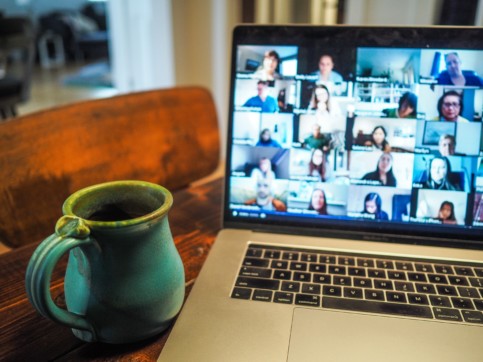How to Keep Donors Engaged When Everything is Changing

One of the biggest challenges for a donor relations and stewardship program, as an indirect revenue generator, is success metrics. Now more than ever, we have the opportunity to demonstrate how a strong donor relations effort contributes to fundraising.
Are your donors engaged and have they stood by you through these unprecedented times?
If you haven’t done a great job of communicating, engaging, reporting and thanking your donors prior to this pandemic, it will be hard to play catch up. You need to continually build trust and loyalty with donors.
I first heard Penelope Burk speak at the International Conference of the Association of Donor Relations Professionals in 2008. When referring to fundraising during a crisis, Penelope states that according to her research, these concrete steps build trust among donors during a crisis:
- Acknowledging that donors, not just not-for-profits, are negatively affected in a crisis;
- Offering sincere, personal gratitude whenever donors give;
- Facilitating direct contact from the people in your organization that have influence with donors. Their influence comes from the positions they hold and the fact that they are not paid to raise money. That means, above all others, leadership volunteers and Chief Executive Officers.
Strong donor relations and stewardship are key to building trust in a crisis. While we still have a responsibility to steward our donors as we always have, our activities just might look slightly different.
I want to share just a few low-budget examples of how the team at Children’s Hospital Colorado Foundation has pivoted to continue providing donor relations and stewardship to our donors during this current crisis.
Host unscripted town halls with leaders.
I work for one of 36 freestanding pediatric hospitals in the country. One of the most effective engagement opportunities we can provide for donors (and prospects) is to invite them to the hospital for a tour. Inevitably, the instant anyone walks through the doors of any of our hospitals, you experience ‘the feels.’ There is magic that flows through the walls. You feel it from the physicians, patients, families, and staff.
So, in April, approximately three weeks after transitioning to remote operations and shortly after quarantine, we held a virtual town hall for donors. The purpose of the town hall was to share the state of COVID-19 as seen by the experts at Children’s Colorado. It was an opportunity for our hospital and foundation president and CEOs to provide information, answer questions from our attendees and for the first time in several weeks – lend a voice of hope. We invited guests just a few days in advance and hosted nearly 200 attendees, about a 1/3 of the invitation list.
Our second virtual engagement opportunity took place five weeks later and we had a greater response. We are now planning a series of virtual meetings to continue educating and engaging our donors.
Send thank you videos.
Saying thank you and sharing donor impact is fundamental. Making calls to express gratitude, send a handwritten note or a thoughtful email or video. Saying thank you goes a long way and is NECESSARY for building loyalty and trust relationships with donors. Donors want to know that organizations are thankful to receive donations and that their gifts are put to use. Be sure, especially during these trying times, to report on impact.
Our world has shifted to digital – quickly! So, communicating in digital format is effective because donors are spending time on their devices. And, be authentic. Many of us are working with limited budgets – filming in someone’s office or backyard is acceptable!
Earlier this month we asked one of our program leaders to record a thank you message to share how her program is making an impact on families and caregivers during this pandemic. The video was recorded on her phone – at no cost! In addition to her video, we created a simple slideshow of images that showed her program at work. We emailed this video message to supporters of her program and received a 57.5% open rate. Zero unsubscribes. And many responses of thanks and how great it was to see how they are helping so many people.
Learn how to make the most of your emails, online fundraising, and marketing automation.
Check in with your most loyal supporters.
Every institution has its loyal donors, including those who belong to their respective legacy societies; ours is named the Tammen Society. These donors have cared for us and those we serve for years through annual and planned gifts. This is the time to show we care about them as much as they care about us.
Individuals above a certain age are at higher risk of being impacted by COVID-19. As a touch point and check in, we divided the list of our Tammen Society members among our foundation team and made personal calls to be sure all was well with them and their families and thank them again for all they do for us. No ask, no call to action, just a message of thanks and an offer to help with whatever they may need. These calls were well received and gave us the opportunity to show gratitude for their unwavering generosity.
These are just a couple of examples of how we continue to engage our donors and prospects during COVID-19. While we may have tried new approaches, event strategies and methods of communication, our work within the fundamentals of donor relations has not changed. We continue to thank, report and engage by creating experiences that resonate with our donors. The basics.
During a recent conversation with one of my peers from another pediatric hospital foundation, we asked each other how we know if we are doing our jobs well. We track, measure and analyze data but at the end of the day we know we’ve done well by our donors because of mutual loyalty. We know because they are giving now during a difficult time. And if we continue to do our jobs well, they will be walking alongside of us when this hard time ends.
